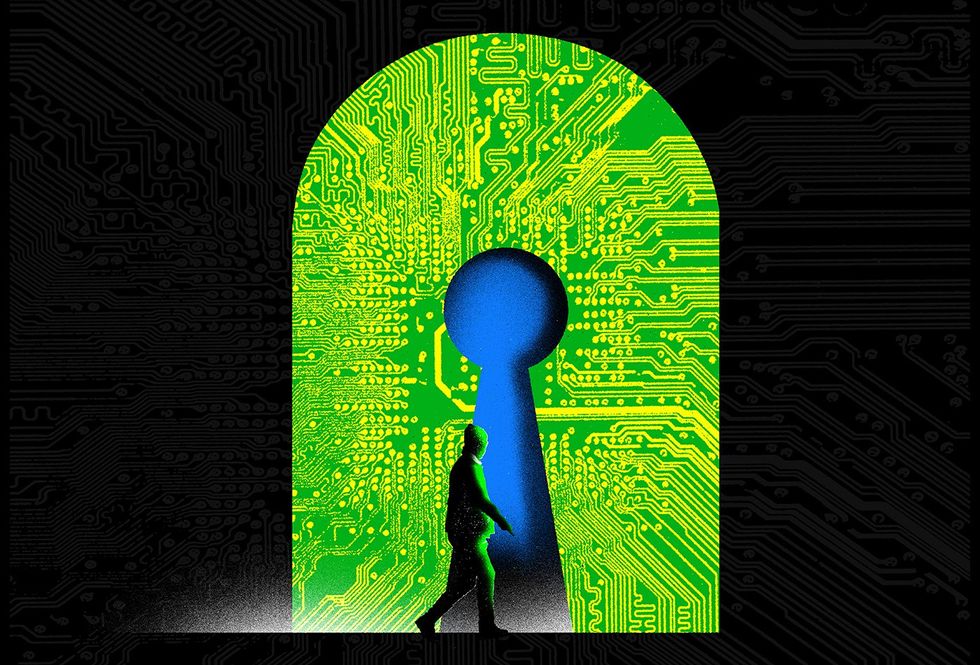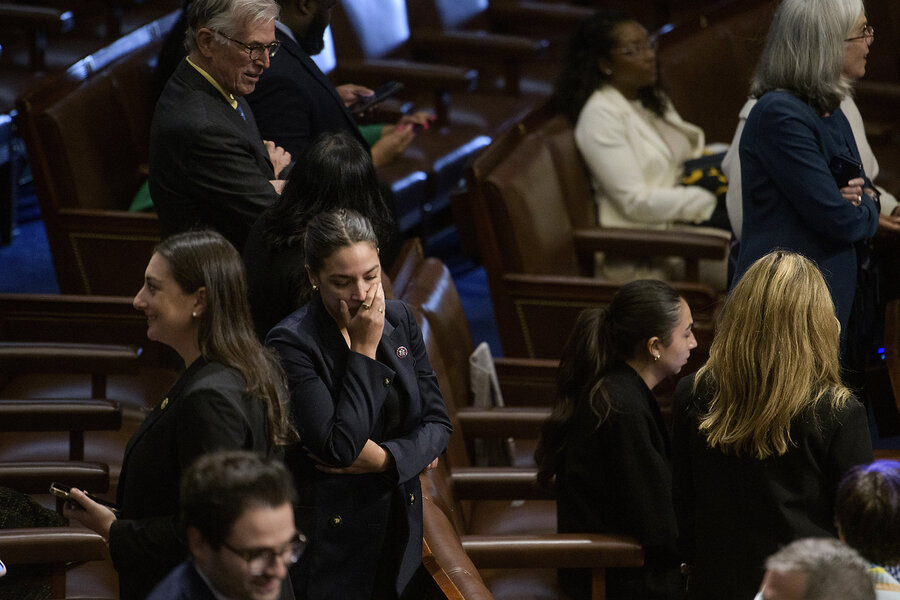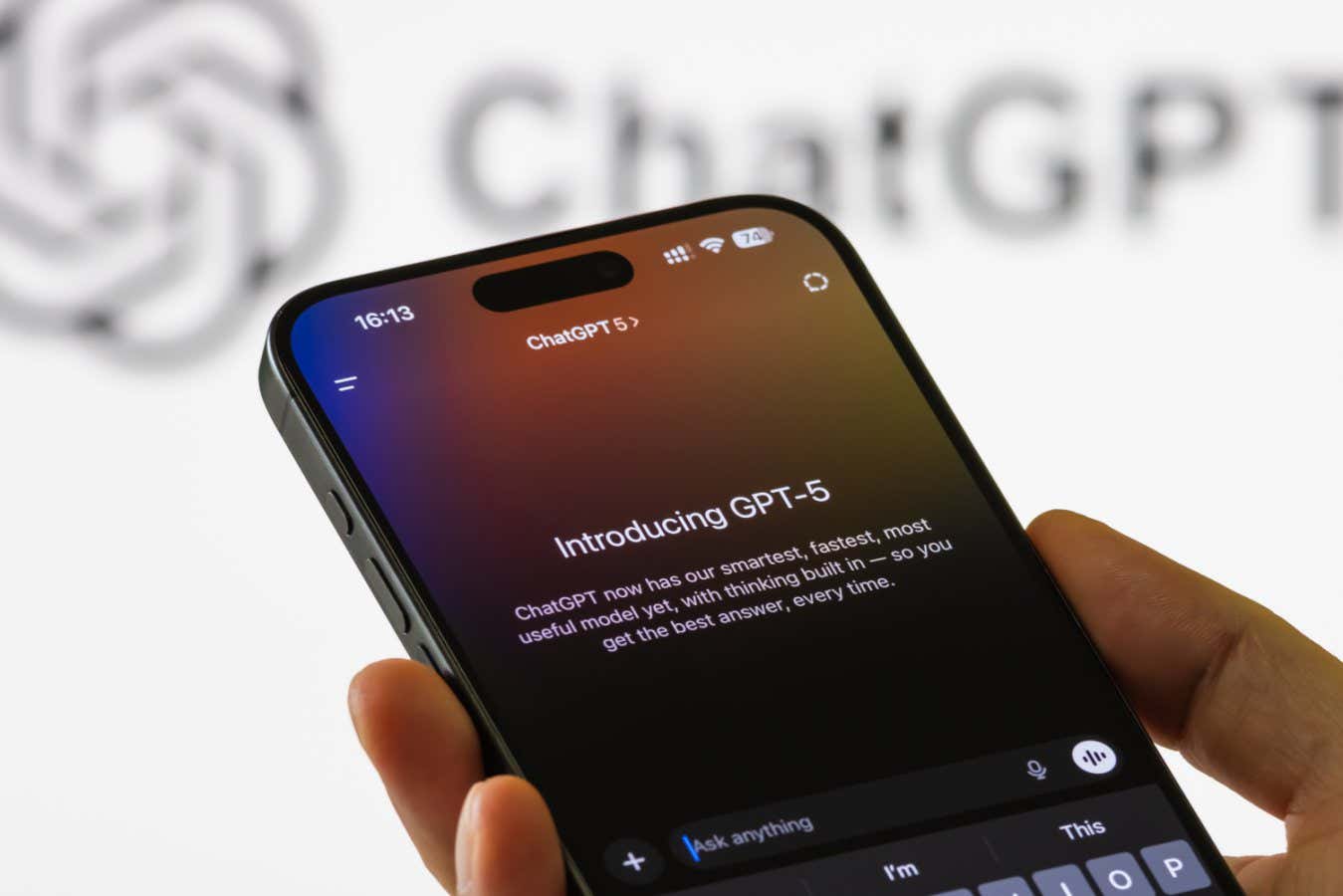Now Reading: Is the World Ready for Post-Quantum Cryptography?
-
01
Is the World Ready for Post-Quantum Cryptography?
Is the World Ready for Post-Quantum Cryptography?

Quick Summary
- NIST Standards for PQC: On July 5,2022,the national Institute of Standards and Technology (NIST) published the first official standards for post-quantum cryptography (PQC),aiming to safeguard against threats posed by quantum computers.
- Compliance Deadlines: The U.S. goverment requires federal agencies to transition to PQC-based security by 2035, highlighting its urgency as a compliance issue rather than theoretical quantum hype.
- quantum Threats: Quantum computers could render current cryptographic methods obsolete due to their ability to solve “hard” problems efficiently. PQC uses mathematical frameworks that remain secure even against quantum capabilities.
- implementation Challenges: Adoption of new PQC standards demands changes across all devices-from small sensors to large servers. Difficulties include lack of battle-tested algorithms and susceptibility to side-channel attacks like energy consumption and timing analysis.
- Progress Report: Companies high in the supply chain have started embedding PQC designs into new products. Those lower in the chain lag but are now increasingly focused on integration with suppliers and infrastructure improvements.
- Outlook for Compliance by 2035: Although substantial progress has been made since NIST’s publication, ther’s uncertainty about readiness before the emergence of full-scale quantum computing.
Image:
!Ali El Kaafarani
ali El Kaafarani – Research Fellow at Oxford Mathematical Institute; Founder, pqshield
Indian Opinion Analysis
The adoption of post-quantum cryptography is not only a technological concern but also one with wide-reaching geopolitical implications-in particular for countries like India dealing with burgeoning cybersecurity needs amidst digital expansion.
India has invested significantly in advancing its national encryption infrastructure while promoting initiatives like Digital India that increase reliance on online systems. Ensuring these systems are safeguarded from prospective threats such as quantum computing will require early alignment with global efforts like those driven by NIST’s standards.However, adoption hurdles highlighted-such as stringent hardware compatibility requirements-could demand heavy investment in research labs or partnerships with firms specializing in cutting-edge cybersecurity frameworks comparable to entities such as PQShield.
On a broader level, India must view this pivot toward post-QC technologies through both strategic and economic lenses: accelerating indigenous involvement can reduce dependency while positioning itself favorably within global supply chains dominated chiefly by U.S.-based guidelines. Success will depend on how promptly industries adapt alongside proactive policymaking aligned toward addressing vulnerabilities sooner rather than waiting until compliance becomes a reactionary measure under international pressure.
This critical evolution marks an opportunity not just for safeguarding national data sovereignty but also fostering innovation hubs capable well-positioned field leadership during this paradigm shift eventually creating historic wins preemptively tactical strategy-country shifts era-future-tech transformation boundary align-protection pillars Intelligence


























